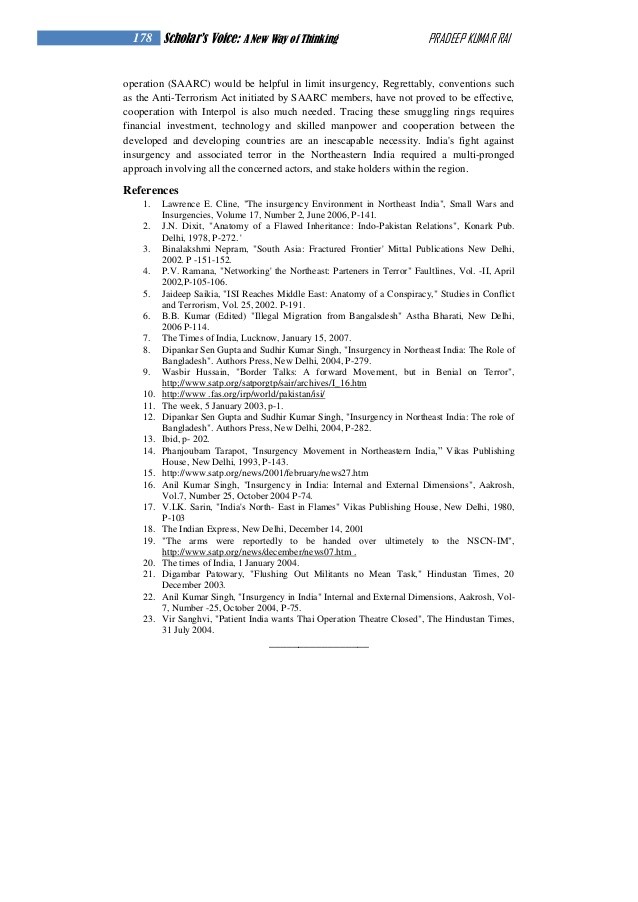Insurgencies by the numbers The Deal Pipeline (SAMPLE CONTENT NEED AN ID )
Post on: 1 Июль, 2015 No Comment

by Ronald Orol And Paula Schaap | Published December 26, 2014 at 11:47 AM
This year, activism reached new heights as an asset class: bigger companies were targeted, funds under management expanded rapidly and insurgents teamed up more frequently than ever before to cut costs and drive their campaigns for change at corporate America.
The statistics bear this out: Roughly 71 activist funds held a whopping $112 billion in assets under management in 2014, according to Hedge Fund Research Inc. up from 67 funds controlling $93 billion in 2013 and 52 with $65 billion in 2012. Industry observers said they expect that trend to continue next year. The upshot? More than ever before, it is fair to say that no publicly traded corporation — Apple Inc. (AAPL) anyone? — is immune to the insurgent wave.
The trend of activist investors launching campaigns at ever-larger companies gained steam in 2014. Activists followed through on 21 insurgencies at companies with market capitalizations greater than $10 billion, including proxy fights, campaigns to remove directors, and other types of demands for change, according to data from FactSet. That’s up from 18 campaigns at similarly sized companies in 2013, 11 in both 2012 and 2011, and 9 in 2010.
Pershing Square Capital Management LP founder Bill Ackman tried to force Allergan Inc. (AGN) to sell itself to his fund’s strategic partner, Valeant Pharmaceuticals (VRX), making it the highest profile campaign of 2014. However, other hefty insurgencies took place as well, including Elliott Management Corp.’s campaign at $9.6 billion market cap Juniper Networks Inc. (JNPR), Jana Partners LLC’s efforts at Walgreen Co. (WAG), and Dan Loeb’s Third Point LLC targeting Dow Chemical Co. (DOW) and Amgen Inc. (AMGN).
Then, there’s venerable corporate raider-turned-activist Carl Icahn who, in 2014, launched or continued insurgencies at three companies with more than $10 billion in market capitalization: Apple, Hertz Global Holdings Inc. (HTZ) and eBay Inc. (EBAY). Icahn’s campaign at Apple, more than any other, drove home to investor relations officials across America the notion that any company can be a target, not just those that are undervalued and underperforming their peers.
It’s not surprising that activists, particularly the larger ones, are going after big corporations. For one thing, capital has been flowing into activist funds in record numbers — the $112 billion allocated to activists as of the third quarter of 2014 is a huge advance from the $12 billion that came in the strategy in 2003. More capital means more and bigger targets: Insurgents flush with cash are under pressure to invest in larger companies and agitate for change to sustain their returns and achieve the results necessary to meet investor demands.
Activist campaigns and proxy fights are up once again this year. The number of campaigns launched by activists at companies is at a five-year high — 277 in 2014 — and the subset of actual proxy fights seeking to install director candidates is the highest it has been since 2010, when there were 90. FactSet reports 84 proxy fights in 2014, slightly higher than the 82 in 2013 and 74 in 2012. Settlements also became more common as companies chose to avoid nasty battles. In 2014, half of all contests settled (42), up from 42% in 2013 (34) and 35% in 2012 (26).
The statistics also show that activists continue to win more than they lose when proxy fights go the distance. In 2014, dissidents won 13 battles while management came out on top in 9 cases with a split verdict in two situations. Activists also came out on top in 2013, with activists winning 17 campaigns, management on top in 12 and one split decision. And the number of proxy fights is way up when compared to the number of contests that took place in the early 2000s: 54 contests in 2001, 60 in 2002, 62 in 2003 and 32 in 2004. However, proxy fights still have a way to go before they return to their peak of 116 in each of 2008 and 2009. Maybe we’ll see them reach that number in 2015? FactSet already has six contests on the radar for next year.
Another expanding trend, according to data compiled by FactSet, involves activists joining forces. There were 30 campaigns in 2014 where at least two funds worked together in an activist group, up from 23 such campaigns in all of 2013. In 2012, there were 27 group campaigns. Why the increase? A recent spike in smaller activist funds is a key driver. By teaming up, activists can own larger stakes, thus increasing their leverage and inducing targets to settle more quickly. Smaller insurgents also like to split the costs of a campaign, which can include extensive legal fees and proxy solicitor outlays.
Those statistics do not include situations where more than one activist shows up at a target corporation without a formal relationship. Darden Restaurants Inc. (DRI) had two hedge funds going after it in separate campaigns in 2014: Starboard Value LP and Barington Capital Management. Those firms had worked together in the past, though Starboard launched a proxy contest at Darden on its own and the restaurant chain’s slash and burn response resulted in total board control for the dissident.
Even as activists have stepped up their campaigns against some of the biggest companies, the targets are employing fewer classic defensive strategies, according to statistics from proxy advisory firm ISS. That trend has been particularly striking at the large cap companies where institutional investors have been pushing better corporate governance practices, which generally involve fewer barriers to change. But these days, smaller companies are feeling pressure to remove, or mitigate, devices meant to deflect shareholder pressure.
One of the best anti-takeover and activist defenses, the classified board, has been fading from the corporate landscape. Of those companies in the S&P 500, 75.6% put their entire boards up for election annually, according to Patrick McGurn, special counsel at ISS. Including those companies phasing out classified, fully 90.9% of S&P 500 companies either no longer have a classified board or are heading in that direction.
At the smaller companies, McGurn noted, the change isn’t as pronounced — for the entire Russell 3000 index — classified boards stand at about 50%. Part of the reason is that activists and institutional investors took aim at the larger companies; the question now is whether those groups will push the governance reforms downstream.

Poison pills, or shareholder rights plans, which include plans that ostensibly protect net operating loss tax benefits, are down to only 6% in large cap companies, a massive drop from about 65% that had poison pills in place about a decade ago. That trend was driven in large part by the biggest institutional investors, like Fidelity, which McGurn said early on started voting against directors who put a pill in place without shareholder approval. We tend to see a handful of companies where a unilateral adoption of a pill was one of the reasons board members failed to get a majority vote, he noted.
One caveat is that 91% of large cap companies still have blank check preferred stock, which can be put in on the fly if you get a hostile offer, McGurn said.
Poison pills have also fallen out of favor across the board, according to ISS QuickScore data: in the past three years they went from 12.8% to 9.2%.
An area that hasn’t received as much attention from institutional investors as might seem warranted is the issue of consent solicitation versus calling a special meeting when activists are trying to back a board slate. While there has been a move to allow more latitude in calling a special meeting — in 2014, 28.3% of companies in the Russell 3000 allowed 25% or fewer of shareholders to vote for a special meeting as opposed to 25.7% in 2012 — those companies allowing written consent solicitations have declined only slightly: from 27.6% in 2012 to 27% in 2014.
Some institutions think that written consent gives too much of a tactical advantage to investors, McGurn said. They usually are more willing to support calling a special shareholder meeting.
Share: Tags: activist investing trends | activist investors














